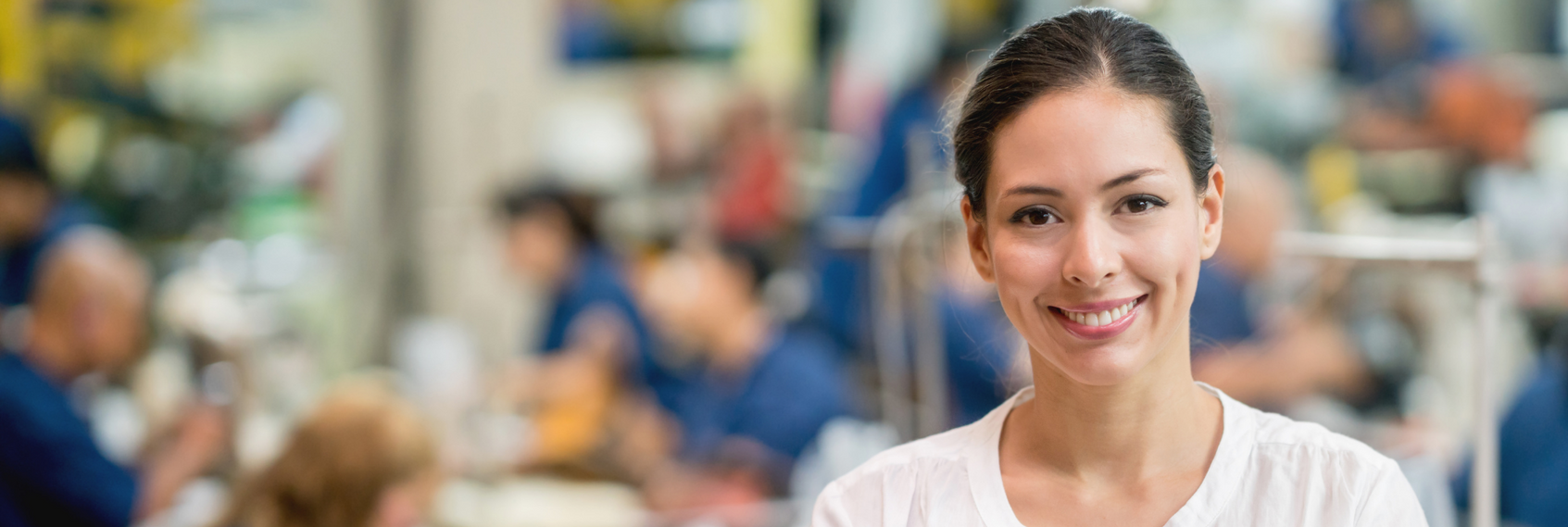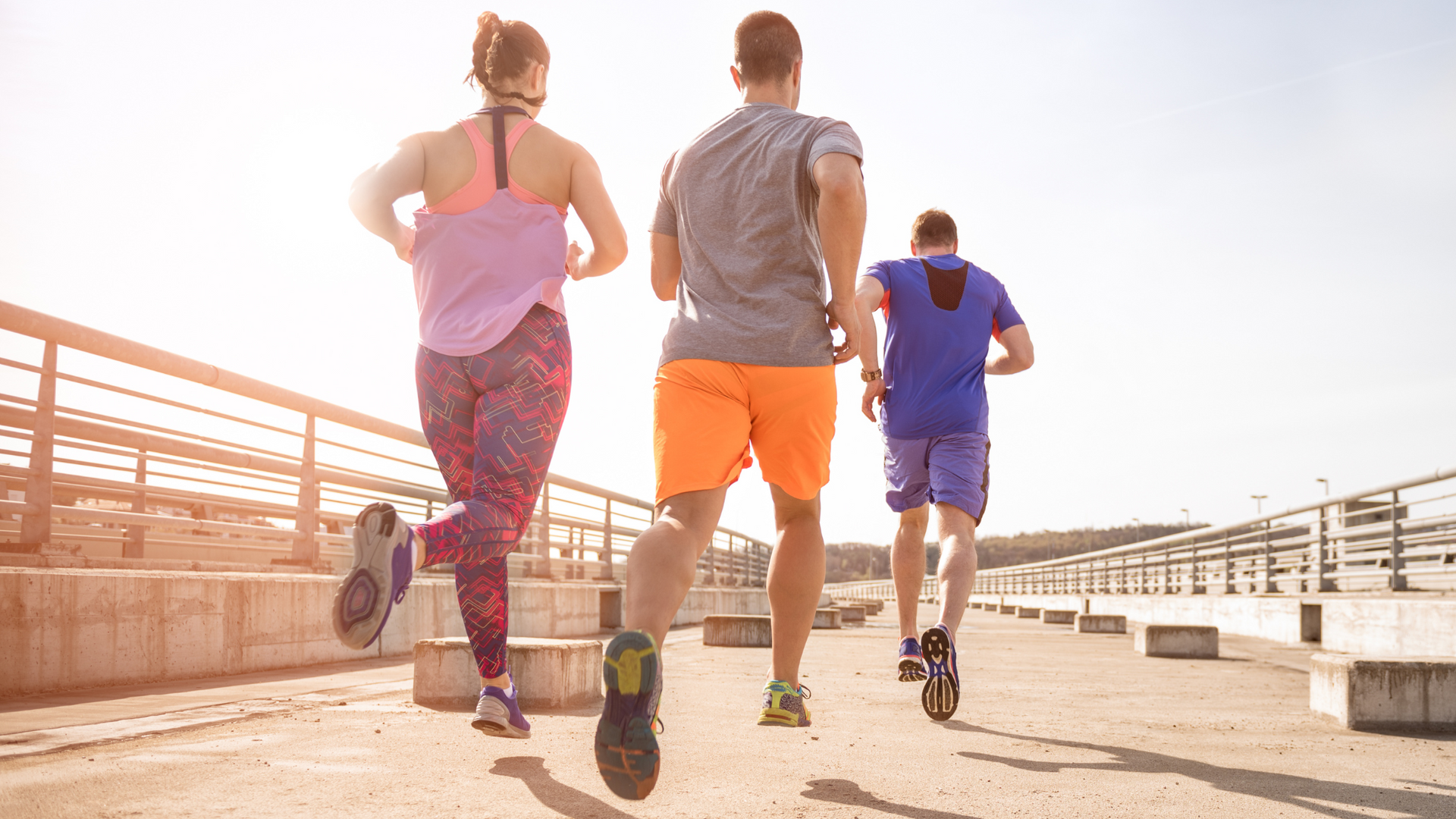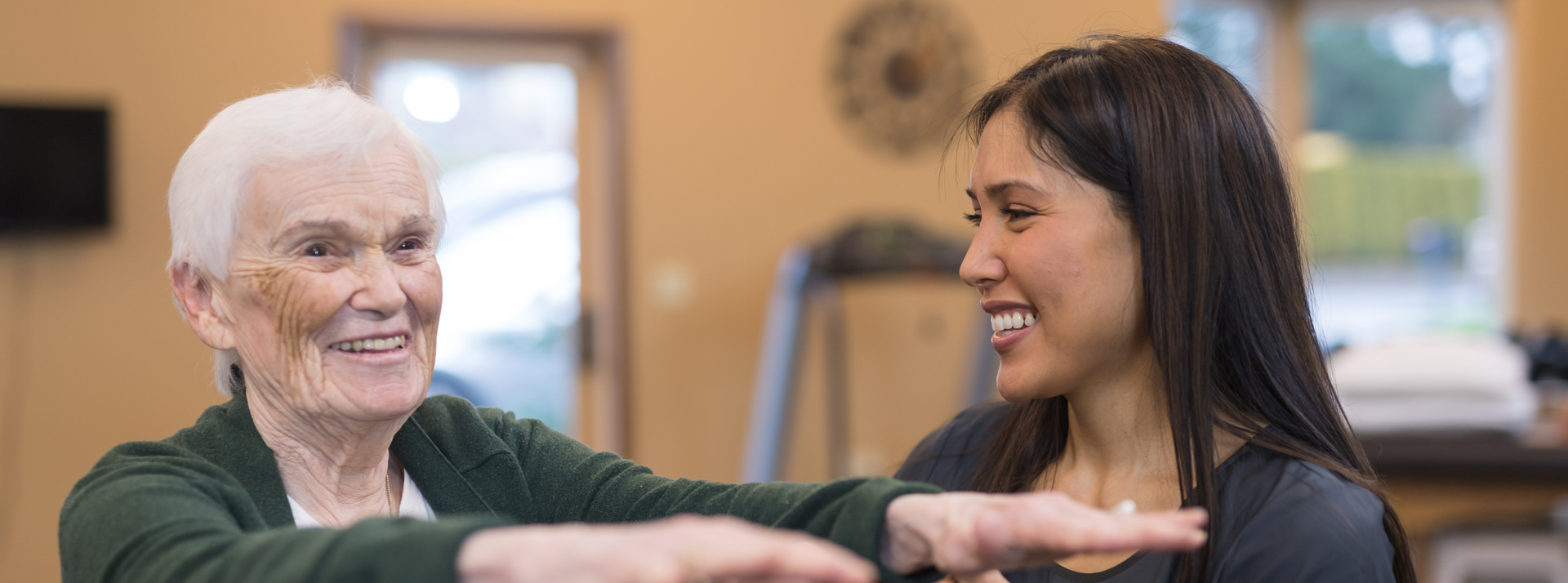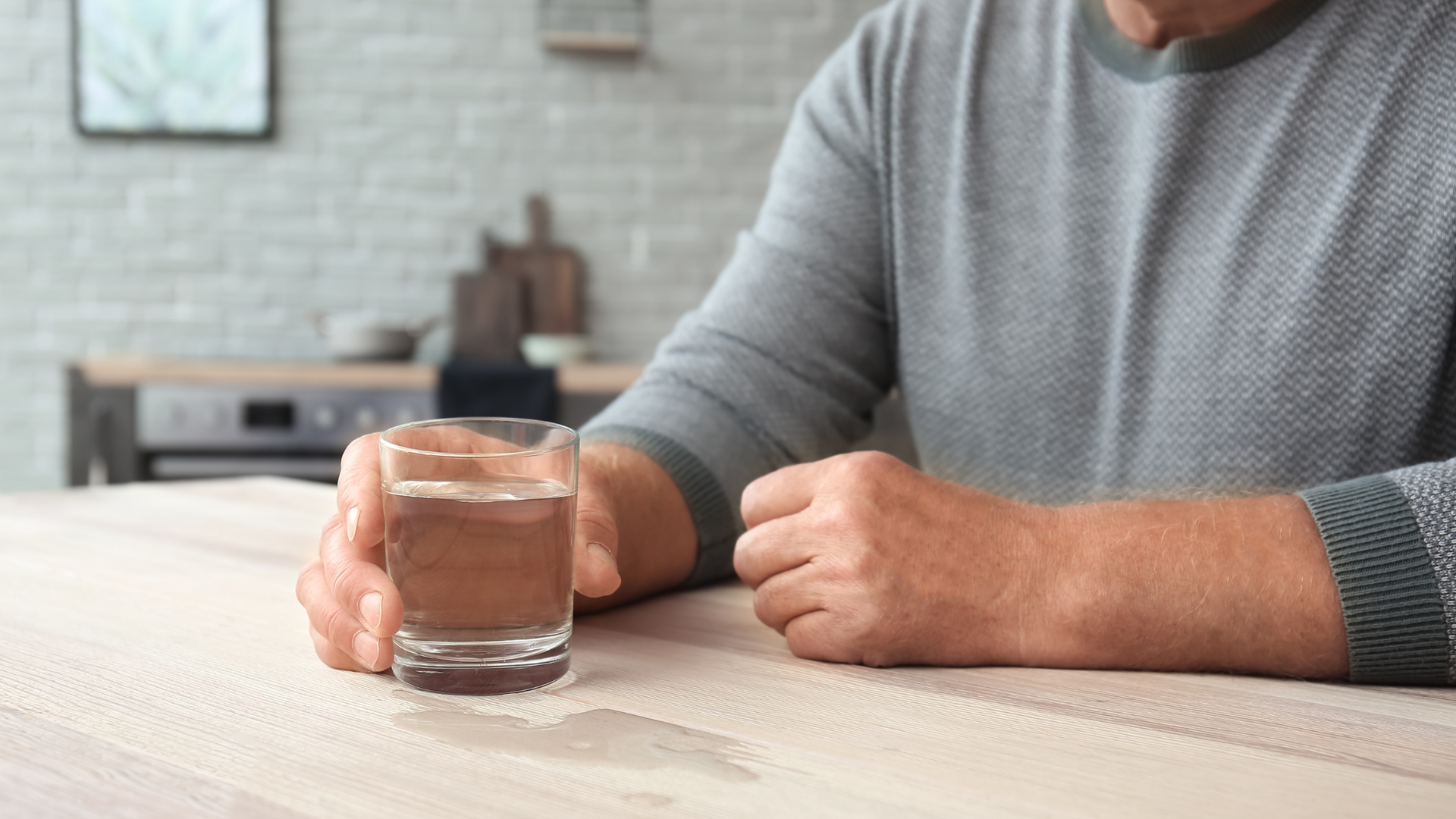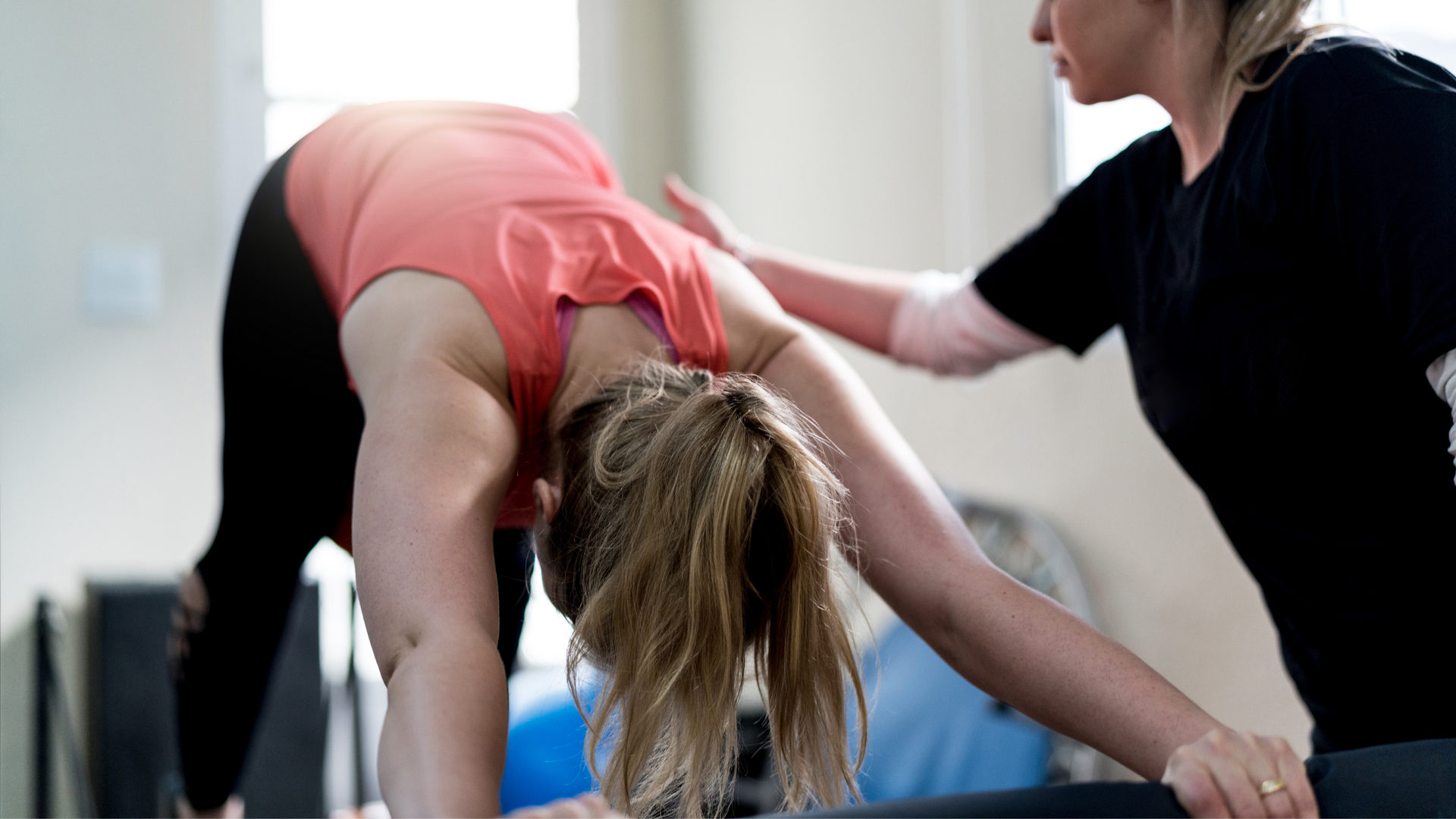Sports Massage
If you play sport or work out, you need a good massage therapist
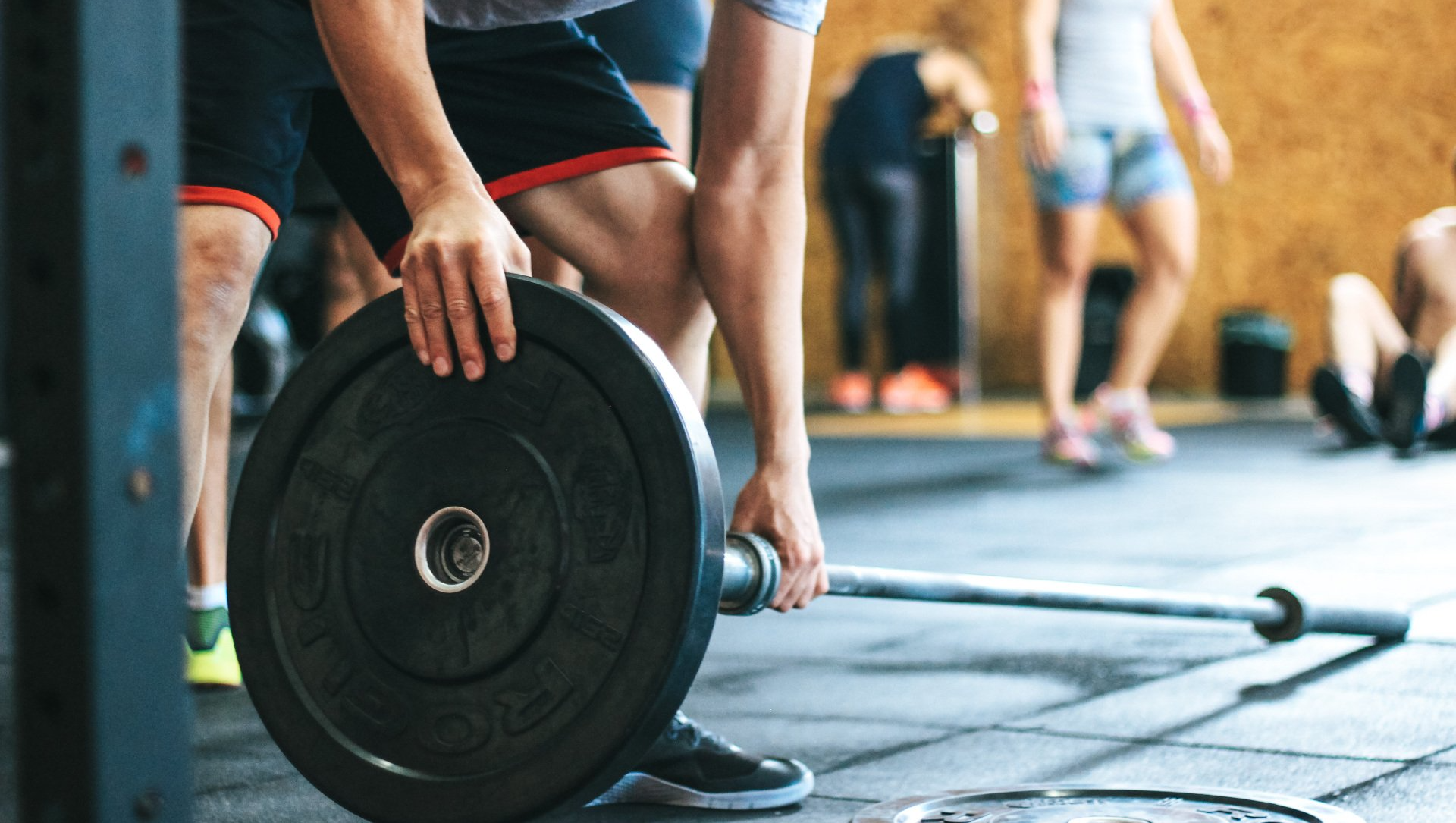
Sports physiotherapists often breathe a sign of relief when they know they have a massage therapist on the team. And for good reason. Sports massage plays an important role in treating and managing soft tissue injuries as well as prevention of future injury (and they save the physio’s hands!). There’s a good reason massage therapists are permanent fixture in Australian Olympic teams.
What is Sports Massage?
Sports massage is a therapeutic approach that utilizes a variety of massage techniques to treat and prevent soft tissue injuries. The type of massage technique used during a sports massage varies depending on the individual, the area to be treated and the desired outcome. Some of the techniques used are:
1. Soft Tissue Massage
This is so much more than just a massage. It is a targeted technique that aims to reduce tension and pain in the muscles and joints through effects on:
- Muscles, tendons, and ligaments
- Superficial fascia
- Fluids such as blood, lymph and interstitial fluid (the fluid between cells)
- Arteries, veins, lymph nodes and lymph channels.
- Nerves and motor programs (brain maps that direct movement/ dysfunctional patterns)
2. Deep Tissue Massage
As the name suggests, deep tissue massage focuses on the deeper layers of muscle and fascia and are more commonly used during injury management or recovery sessions. Deep tissue massage is usually more uncomfortable (what we call “good pain”) as the therapist uses slower, sustained pressure on areas to assist in releasing tight structures and trigger points. These techniques can have far reaching effects and an ultimately soothing effect.
3. Whole body massage
Between exercise bouts and games, a relaxing whole-body massage can be used to help loosen tight muscles and calm the body and mind. Techniques such as Swedish massage that utilize effleurage and long strokes over the legs, back and arms can assist physical and mental recovery, improving sleep and next day performance.
How does sports massage work?
Every time we exercise, there is microscopic break down or damage of tissue. This is a normal process, and the body responds by repairing the damaged tissue and adapting it to better suit the conditions. This is how our muscles, tendons and joints develop tolerance to load and get stronger.
If we are doing repeated bouts of exercise, for example every second day or on consecutive days, there can be inadequate time to allow for the tissues to recover. This can present as delayed onset muscle soreness (DOMS), muscle and joint tightness, and reduced performance.
Sports massage works by stretching and stimulating tight muscles, transiently increasing blood flow to the region, and stimulating the nerves in the area. This has been shown to reduce perceived muscle pain and improve strength and power. After the acute phase of injury, sports massage can assist with reducing muscle tightness, reduce formation of scar tissue, dispersing inflammatory markers and reducing pain.
Regular massage before and after strenuous exercise can warm up and prepare muscles for activity. It can also facilitate recovery and long-term conditioning by modulating overactive and inactive soft tissues, as well as reducing fatigue and injury risk.
Who is it for?
While nearly every leading sport organisation employs massage therapists, sports massage is not reserved for just the elite. Amateur and weekend athletes and those leading an active lifestyle will all benefit from sports massage. Using a variety of massage techniques, sports massage is an effective adjunct treatment to increase flexibility, prevent injuries, and treat existing injuries or strains, assisting in recovery and rehabilitation and helping individual athletes and teams perform at their best.
The Take Home
Sports massage is a non-invasive, economical way to manage muscle soreness, improve exercise performance, and reduce injury risk. As part of a multi-disciplinary approach, it forms an important part of the rehabilitation and recovery process post injury. Good Sports Physiotherapists know the value of a good Sports Massage Therapist and will work closely with them to help athletes achieve their best.
If you're looking for a Sports Massage therapist, then give us a call.
We have a fully qualified, experienced soft tissue massage therapist on staff who works closely with our physiotherapists.
Give us a call on 08 8945 3799 or Book Online now.
More articles
Our goal is to enable you to live a pain-free life, with full mobility.
Copyright 2020 Physiotherapy
